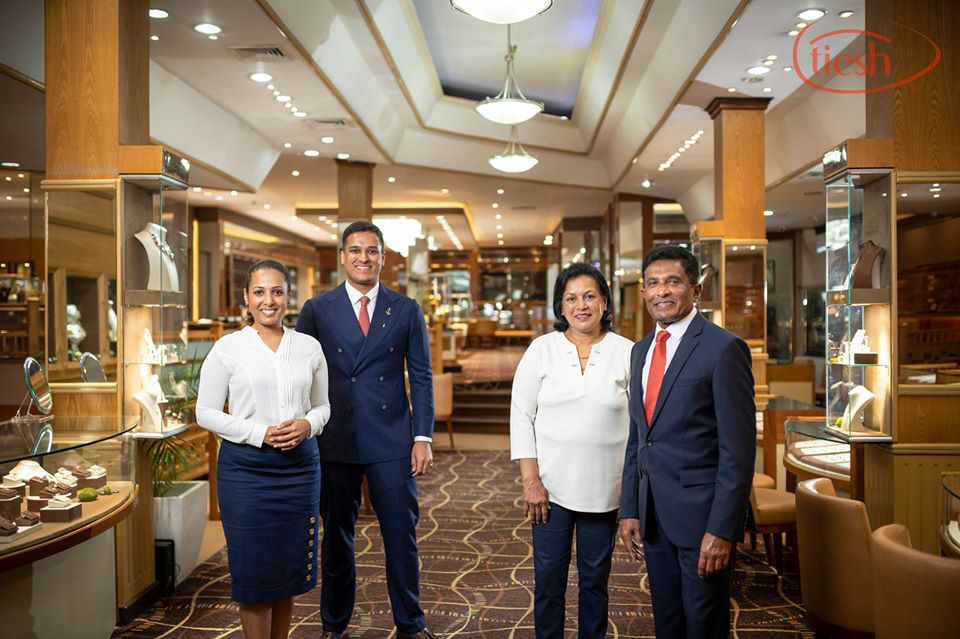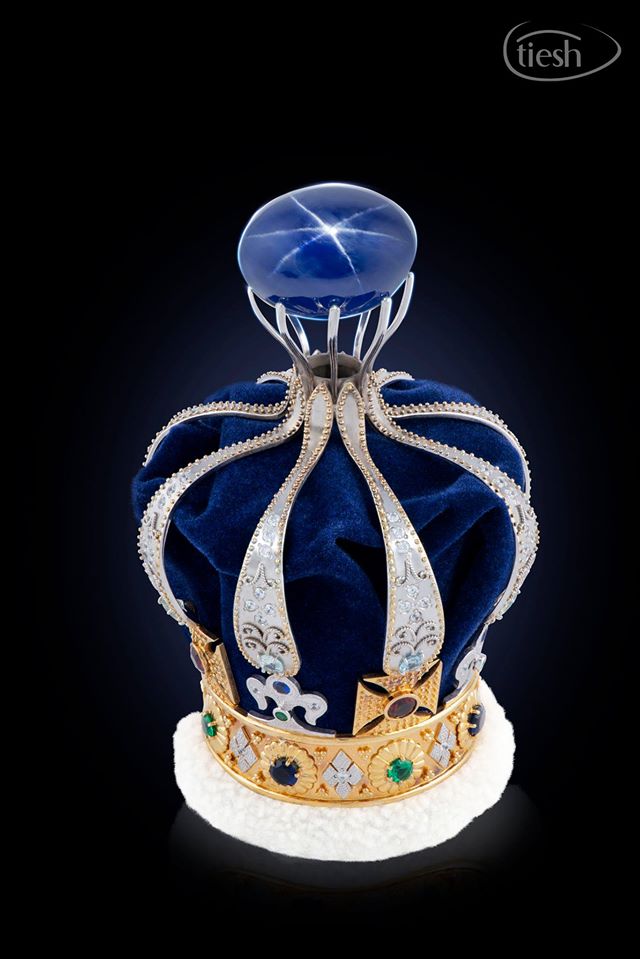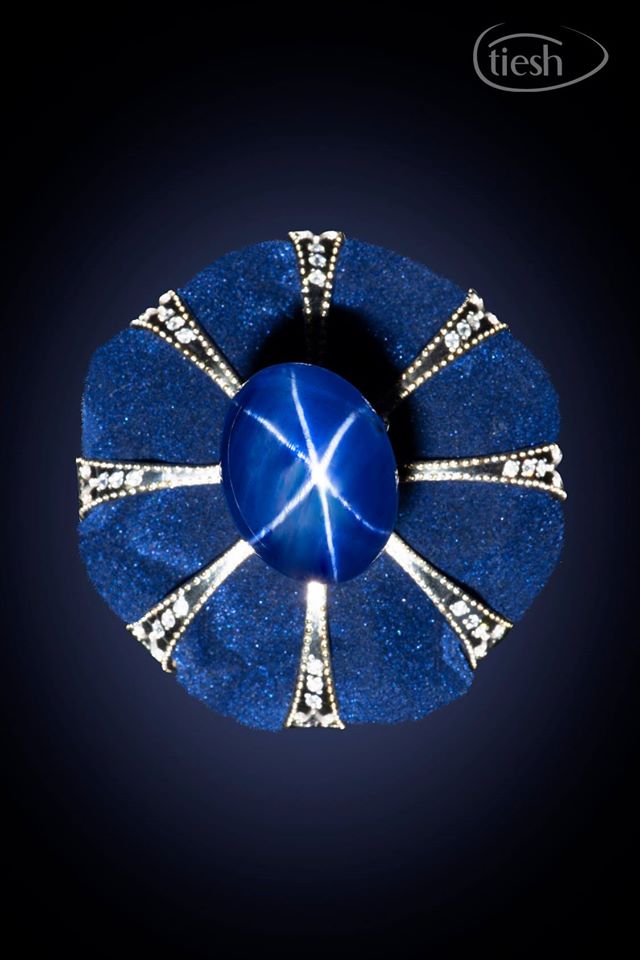In 1981 an event took place that reinforced ideals of love and loyalty. It was the year Prince Charles gave a blue sapphire engagement ring to Lady Diana Spencer. A fairytale event it surely was, and if a jewellery enthusiast does make a concerted effort in trying to seine meanings associated with certain gems, he is sure to find that sapphires symbolize wisdom, virtue, good fortune, and holiness for royals.
Humans love stories, and it is these stories created throughout centuries that have weaved a tapestry of intricate value into things that we find meaningful. In an engagement ring, a sapphire means faithfulness and sincerity, while during the Middle Ages, clergy wore sapphires to symbolize heaven.
With a nod towards their sense of rarity, Ayesh De Fonseka, the charismatic son of Founder/Managing Director Lasantha De Fonseka and his wife Bryony, highlighted how rubies, sapphires and emeralds are always in the same segment of rarity and value.
Yet I digress; because this particular article I was fortunate to pen is about the Tiesh Blue Empress, which is touted to be the largest commercial blue sapphire. Guessed at being around 800 million years of age, I was fortunate enough to experience the news firsthand at a press conference in late July at the Tiesh showroom in Colombo.
This gargantuan stone sits on a crown, which is handcrafted in 18 carat gold and white gold, set with an array of other precious Sri Lankan gem stones. Moreover, the Tiesh Blue Empress belonged to a mother stone that weighed in at a whopping 201,500 carats.
This monumental piece weighs in at 332 carats and is a Ceylon Blue Star Sapphire. She is on permanent public display at the Tiesh showroom in Kandy, and, subsequently cements Sri Lanka’s reputation as a jewellery hub.
Consider this article a quasi-continuation of my July/August article featured in this same magazine. In that issue, I touched on how Tiesh is widely regarded as Sri Lanka’s premier jewellery store where their message to its customers speaks of confidence and prestige with no dilution of quality being tolerated when stones are garnered at source.
Beyond the whole concept of sapphires being a storied entity of sorts, from a purely financial position, gemstones are proving to be an excellent investment. Put side by side, Ayesh De Fonseka was confident in his belief that sapphires trump gold when it comes to ROI partly due to the demand in supply from the Asian sector. To give an approximate figure in terms of value appreciation, sapphire prices have increased fivefold over the last decade.
At this particular juncture, we need to figure out how one could define a precious stone like a diamond or a sapphire. One could summarize this into the 4Cs, which can be elaborated as Colour, Cut, Clarity and Carat. While this is a complicated topic altogether, remember this — the most expensive and rarest of Sapphires will be untreated, while commercial Sapphires will be heat treated with the cheaper stones being surface diffused or treated with Beryllium. The precious categorization is a reference to value: a really fine ruby, emerald or sapphire can be priced higher per carat than a diamond.
It begs to be mentioned that as an organization, which focuses on absolute quality, Tiesh firmly believes in providing the correct documentation to a buyer, which authenticates their gems. Since transparency is key here, Tiesh provide certifications of authenticity and international gem testing certificates.
With a track record of being a trendsetter in a contemporary market, Tiesh has become a standout in a saturated market by smartly identifying trends — think back to 2016 and its For Him range — and leisure-oriented proclivities to offer sublime value to customers.
In conclusion, the current story of Tiesh can be encapsulated in the following paragraph — This latest milestone of having the largest commercial blue sapphire for public display is an example of how the Tiesh family is a vanguard of innovation and creativity in a jewellery industry that requires a sense of energy and excitement, which has during the last few decades been sorely lacking.
Written by Rohitha Perera




